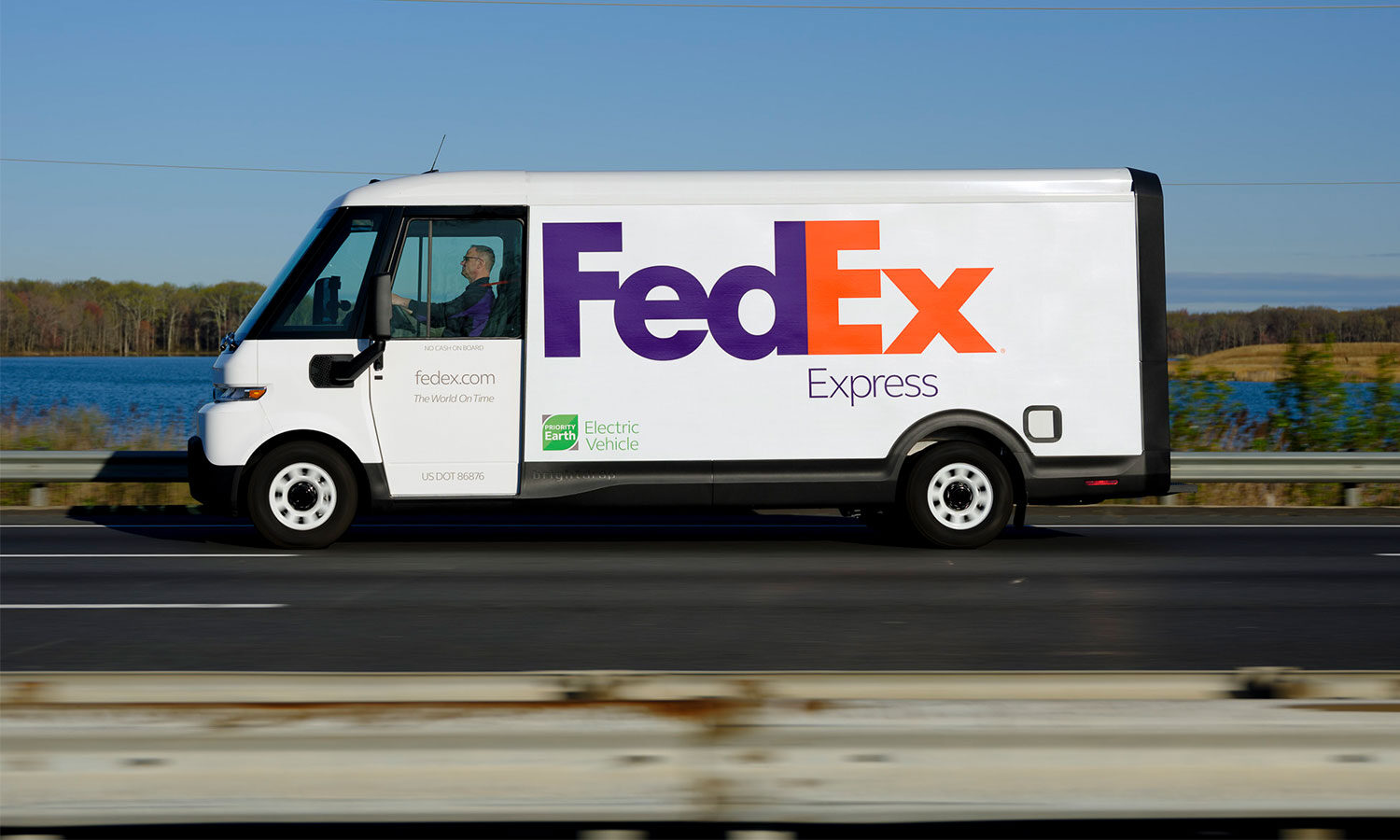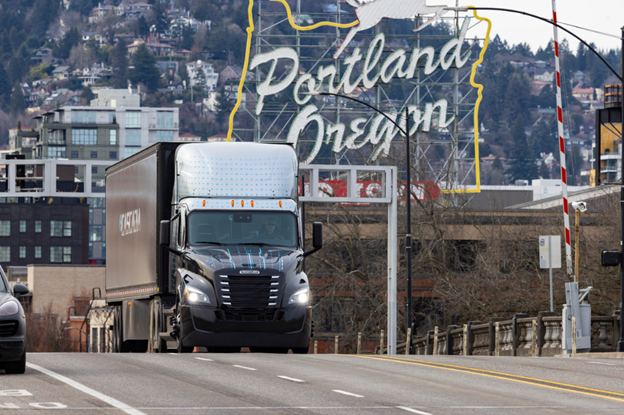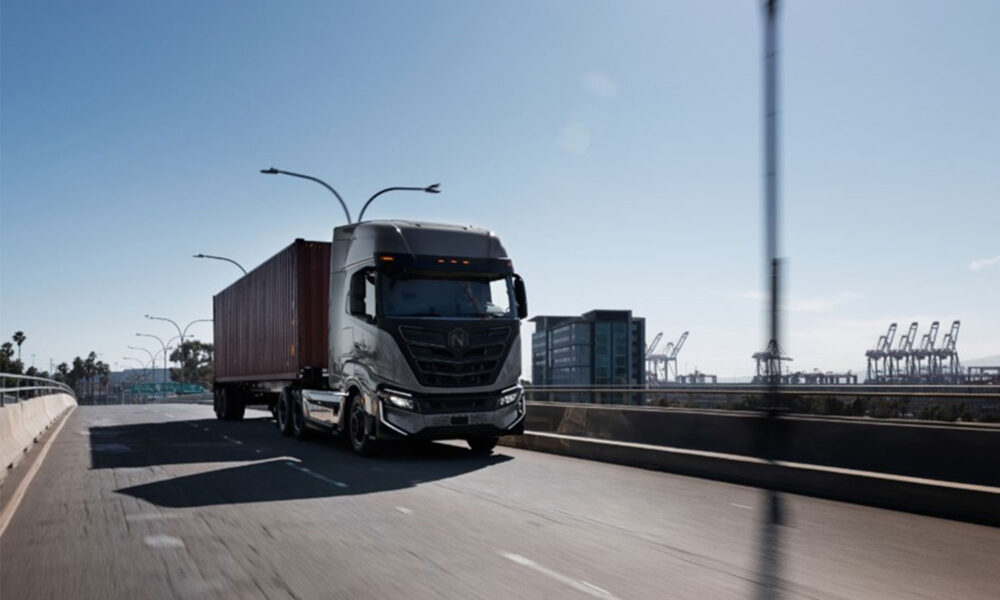Last week, Senators Schumer and Manchin announced a compromise on a reconciliation bill, called the Inflation Reduction Act of 2022, that includes significant climate and air quality progress and a goal to reduce greenhouse gas emissions nationwide by 40 percent by 2030. This bill would establish a federal tax credit for businesses to purchase electric and plug-in hybrid trucks, buses, vans, shuttles, and other heavy-duty vehicles, among many significant investments in decarbonization and air quality. The bill also includes a revised and extended tax credit for consumers to purchase light-duty electric vehicles, which my colleague Dave Reichmuth will write about in the coming days.
A key step towards addressing climate change and air quality
Cleaning up heavy-duty vehicles is one of the most consequential tasks in reducing climate-warming greenhouse gases and toxic air pollution from the transportation sector. This is especially important for communities living close to or downwind from ports, railyards, and freight corridors who have historically borne the brunt of exposure to these harmful pollutants and their related negative health outcomes. Despite making up only about 10 percent of vehicles on the road, heavy-duty vehicles are responsible for 28 percent of greenhouse gas emissions, 45 percent of nitrogen oxides, and 57 percent of fine particulate pollution from vehicles in the U.S.
Electric vehicles produce zero tailpipe emissions and less overall pollution per mile, even when considering emissions from electricity production. As with light-duty cars and trucks, purchase incentives could significantly accelerate the market for zero-emissions heavy-duty trucks and buses. Despite over 100 models of zero-emissions heavy-duty available today, they make up a tiny percentage of annual sales. However, recent research has shown that significant federal purchase incentives could turbocharge the market so that electric trucks and buses achieve an 80 percent market share by 2035.
What’s in the bill?

The current version of the bill includes a tax credit of up to $7,500 for smaller commercial vehicles like pickup trucks and delivery vans and up to $40,000 for larger vehicles from tractor trucks to refuse trucks. Fully electric vehicles will receive a larger credit than plug-in versions and the incentives will be in effect through 2032. The bill also includes several other provisions related to cleaning up heavy-duty trucks and buses, including $1 billion targeted towards zero-emission clean heavy-duty vehicles such as school buses and associated infrastructure (with 40 percent specifically directed to federal nonattainment areas) and $3 billion in additional funding for the electrification of the new Postal Service delivery fleet and buildout of charging infrastructure. This is a significant positive step, given that the purchase price of zero-emissions vehicles is typically higher than that of their combustion counterparts due to the high (but rapidly declining) cost of batteries.
The federal tax credit alone is unlikely to fully bridge the gap between the upfront cost of electric trucks and gasoline or diesel options. However, given that that operating costs for electric trucks can be between 14 and 52 percent lower and repair costs around 40 percent lower than combustion-powered trucks, fleets will realize cost savings even sooner because of this incentive. Industry groups, environmental advocates, internationally-lauded research organizations, and state regulatory agencies have all independently published research showing that electric trucks will reach cost parity to their dirty counterparts around 2030 in all classes. Fleets in states with low-carbon fuel standards and state- or city-funded purchase incentives could see a lower total cost of ownership for many types of trucks today – this federal incentive only furthers this.

Every tool in the toolbox
The heavy-duty provisions in this bill would constitute a major step in the right direction—accelerating the manufacture and adoption of clean trucks that will deliver meaningful reductions in climate-warming and toxic air pollution. But it’s not the end of the job, and we need to use every tool available to fight the health-damaging pollution and climate harms from heavy-duty trucks.
We still need federal and state regulatory action to speed our progress to a clean, equitable future. Policies like California’s Advanced Clean Trucks rule, which requires manufacturers to produce an increasing percentage of electric trucks, and strong federal limits on ozone-forming emissions of nitrogen oxides are both key. These policies will complement the important provisions in the Inflation Reduction Act of 2022.
But this bill is a big step forward. I’m excited to see Congress stepping up to address the climate crisis with a bill that will help make sure everyone can breathe cleaner air and a more stable and livable climate.

